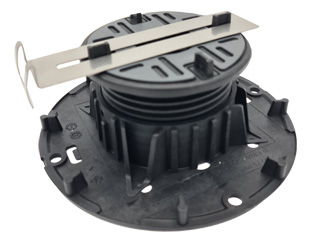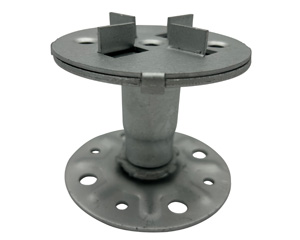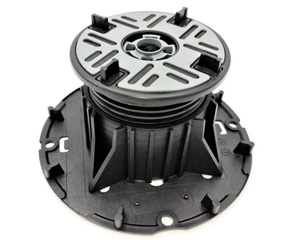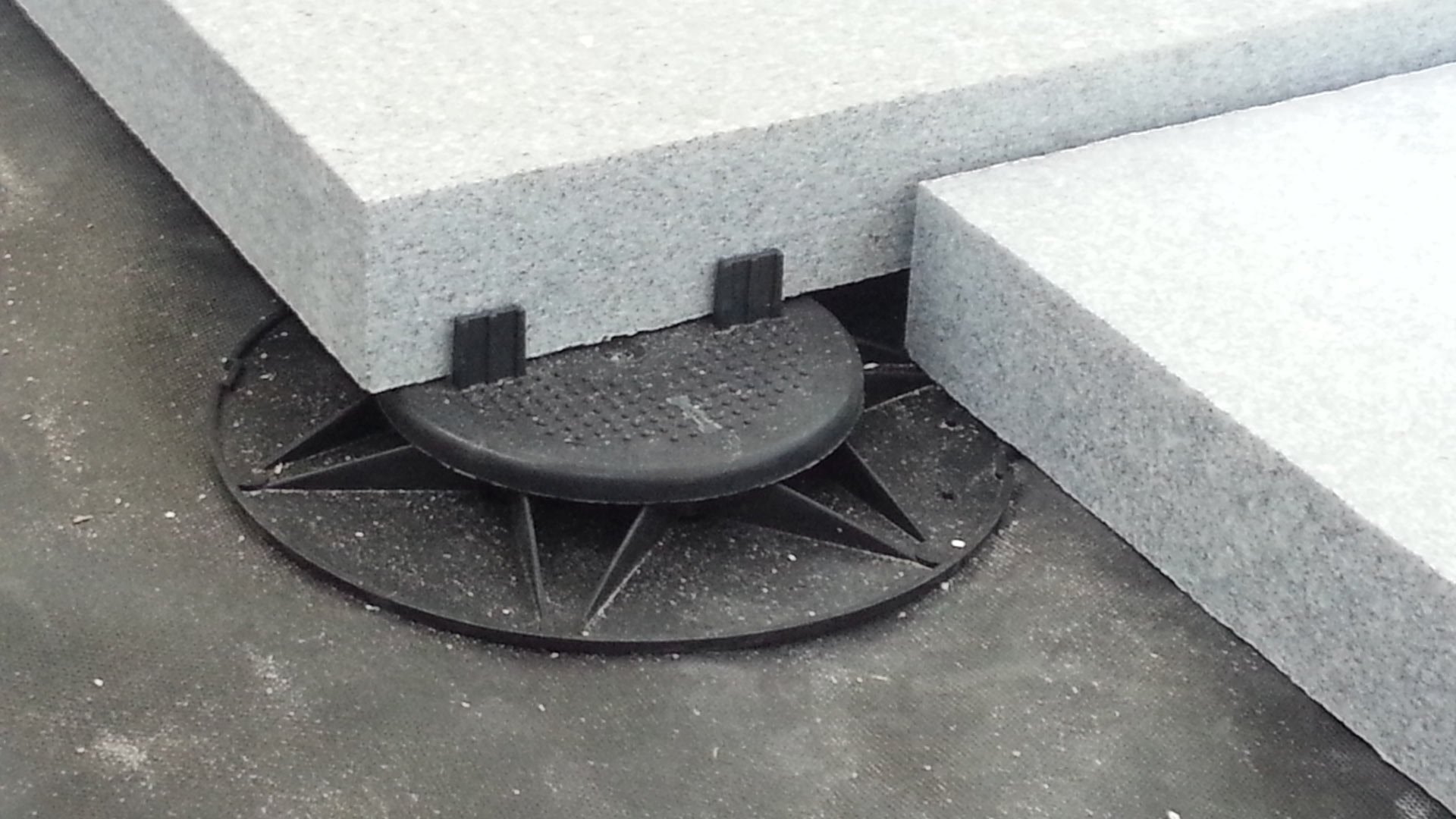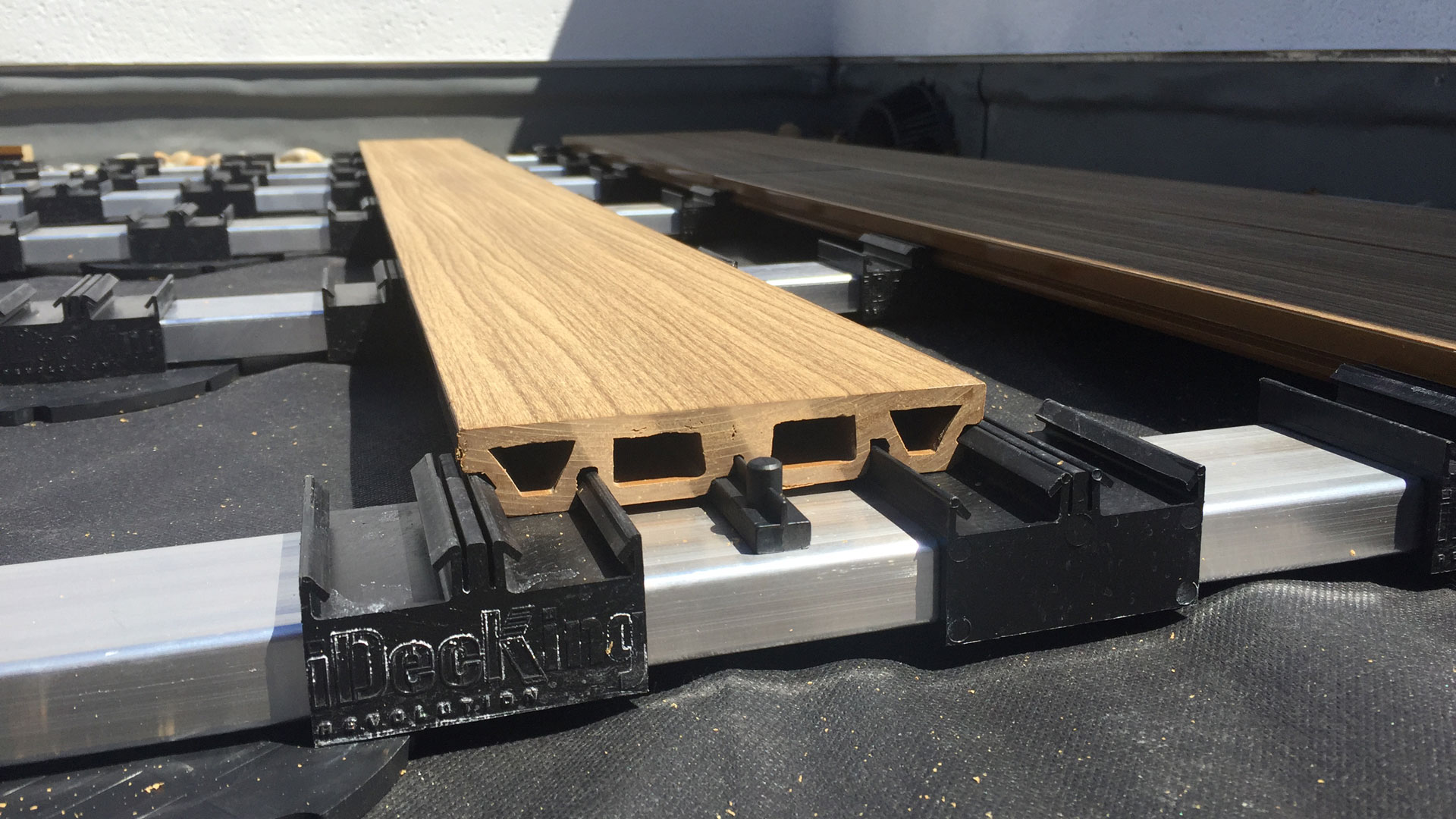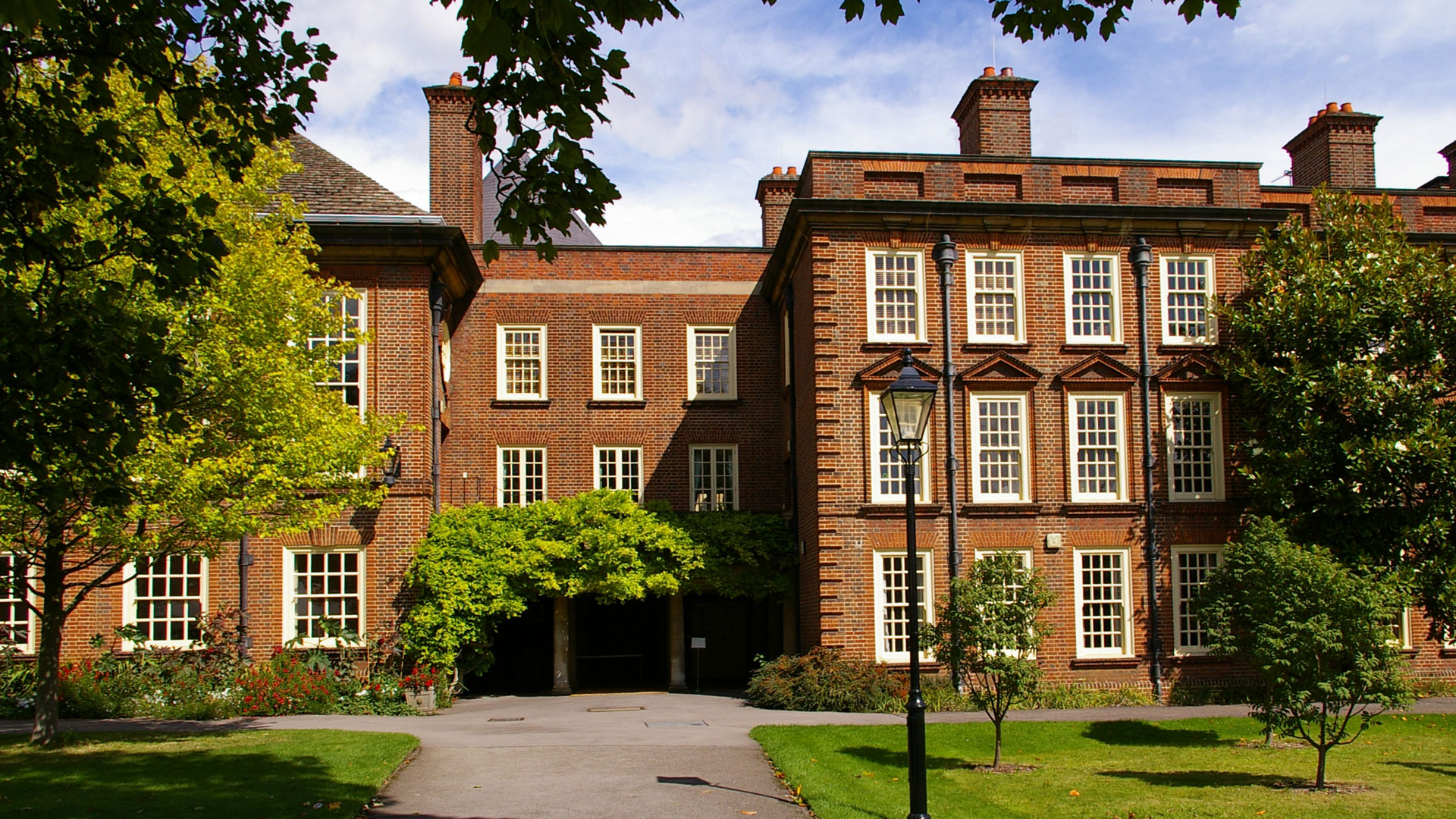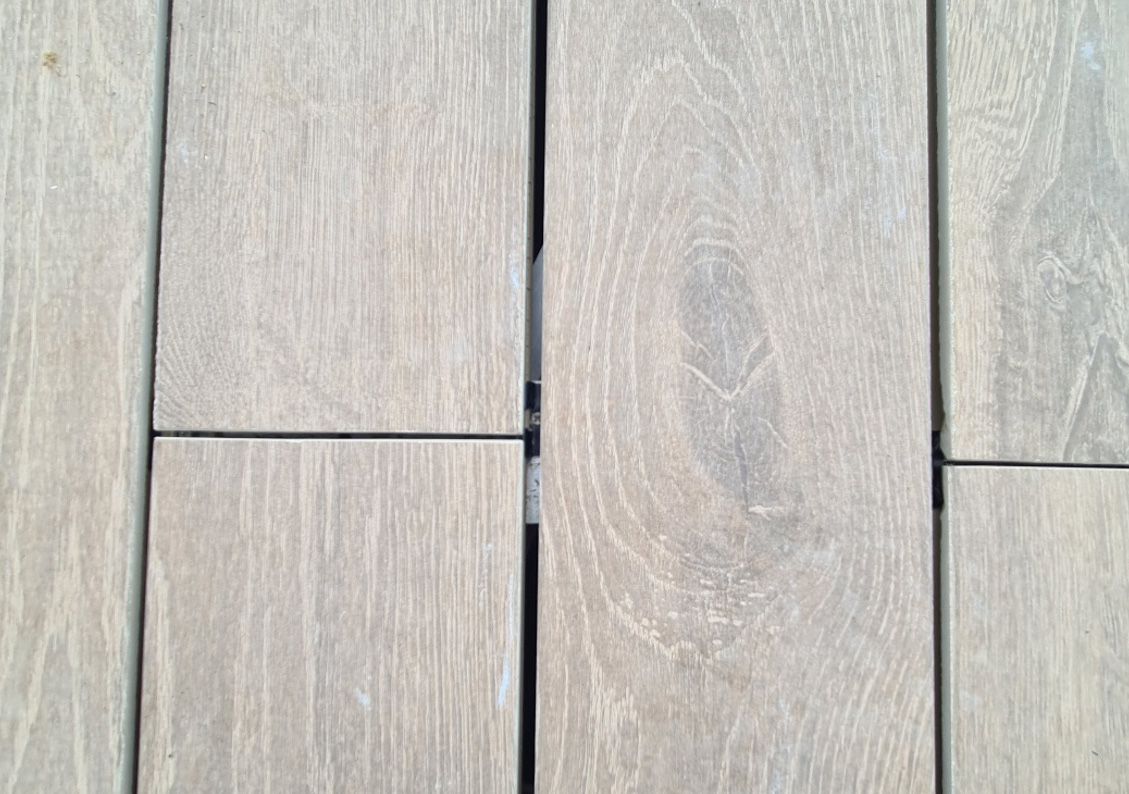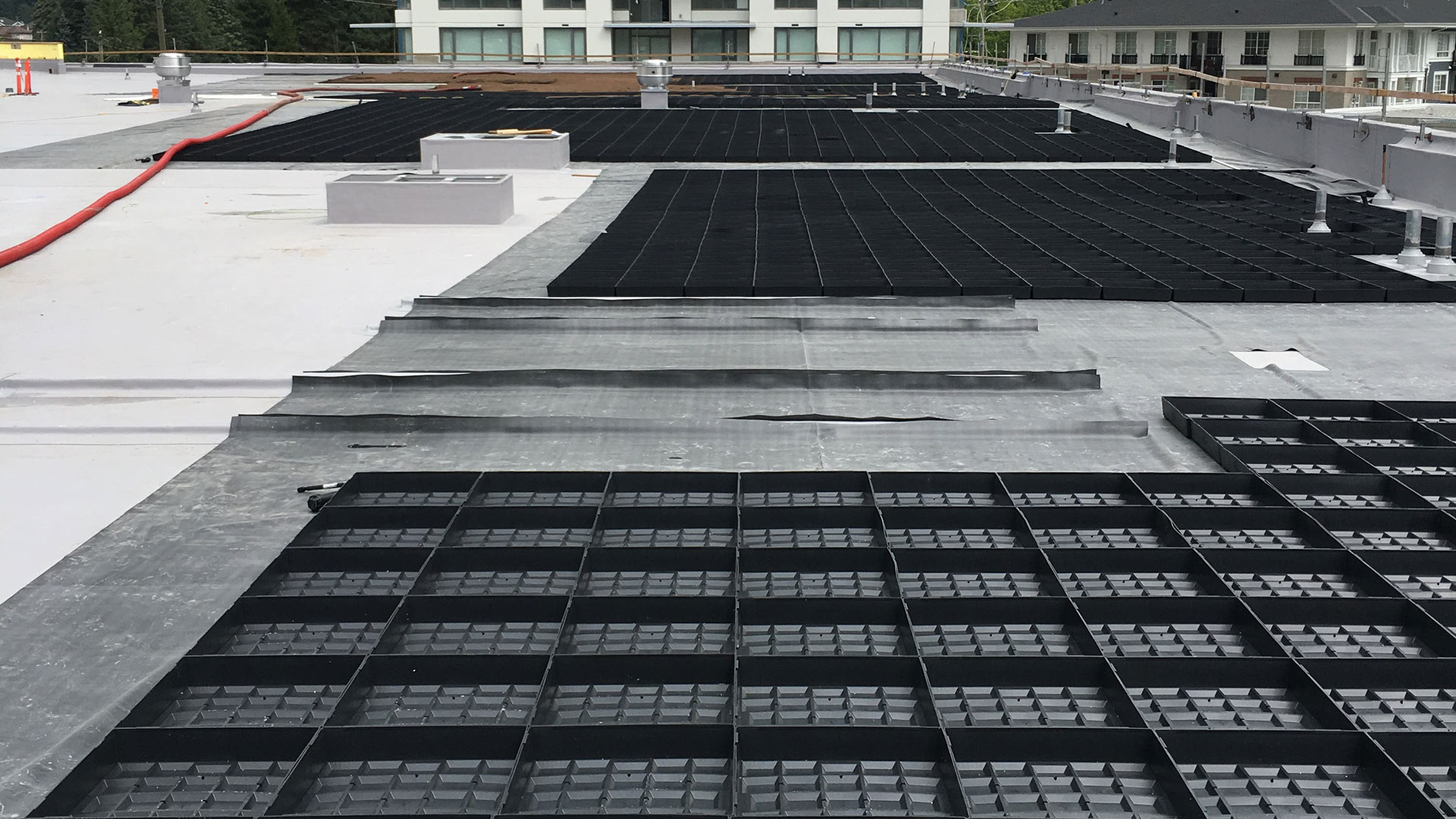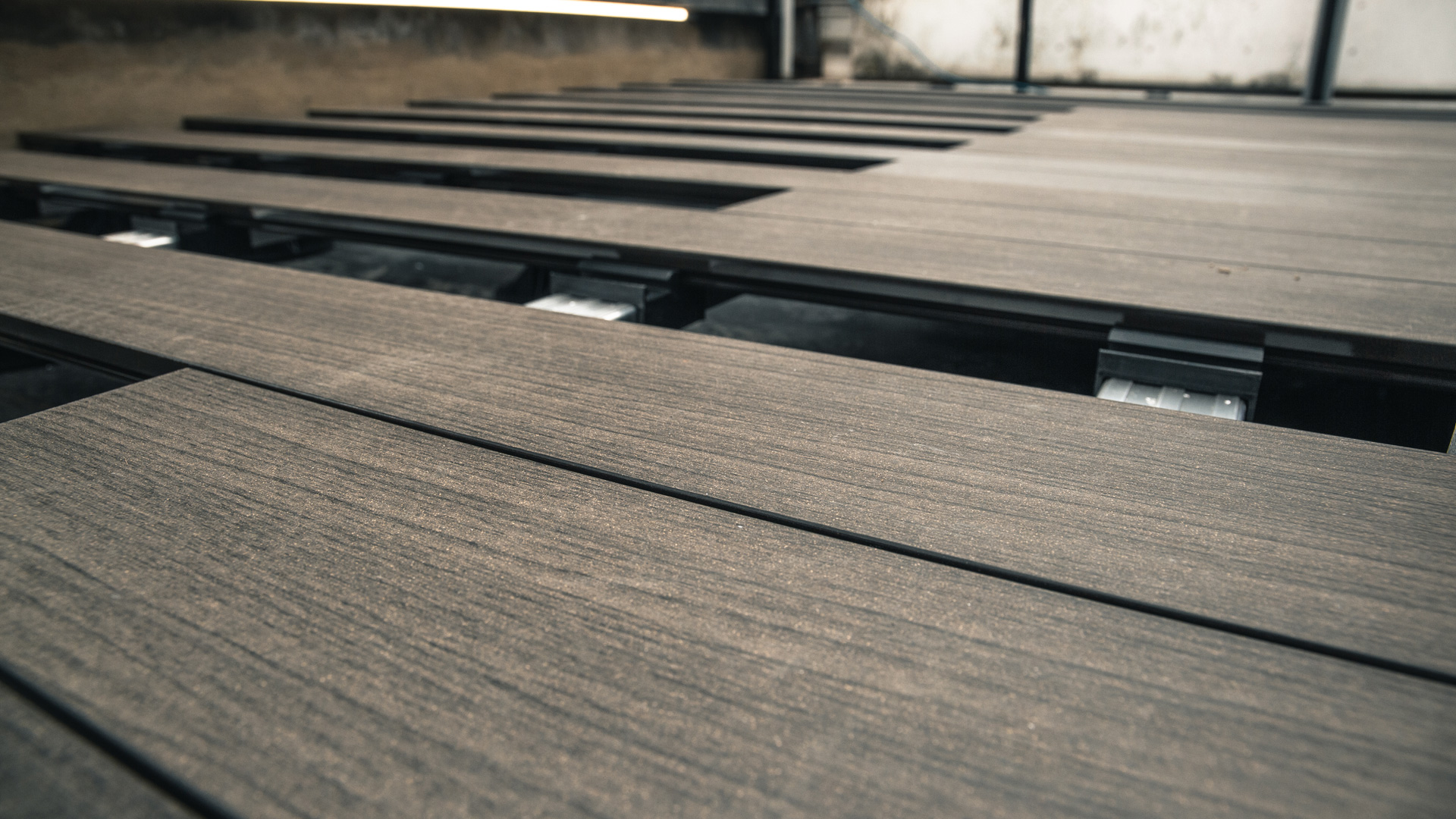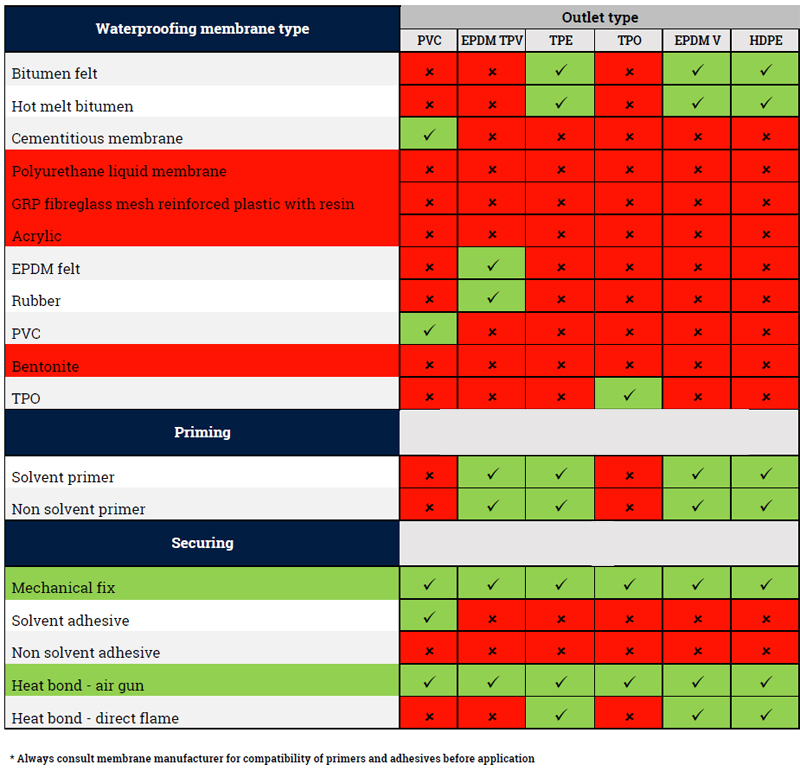Green roofs are becoming a popular choice in urban spaces, and Sedum plants are often at the heart of these green systems. Sedum, a group of hardy, succulent plants, offers both practical and environmental benefits, making it an ideal option for rooftop gardens. If you’re considering a green roof, understanding Sedum’s role and benefits can help you make the most of this sustainable solution.
What Is a Green Roof?
A green roof is a specially designed system installed on rooftops to support plant growth. These roofs are lightweight and feature low-maintenance plants suited for the challenging conditions found on rooftops. Green roofs improve air quality, manage water runoff, and help lower energy use by insulating buildings.
The Appeal of Sedum for Green Roofs
Sedum’s versatility and resilience make it a favourite choice for green roofs. These succulents come in a variety of shapes, sizes, and colours, from bright greens to deeper reds and purples. Their ability to thrive in harsh environments, such as those exposed to extreme sunlight and temperature changes, sets them apart.
What Are the Benefits of Sedum?
1. Low Maintenance
Sedum plants are survivors. They require little water and grow well in poor soil conditions, meaning they need minimal upkeep once established. This makes them an attractive option for those who want the benefits of greenery without the hassle of constant care.
2. Drought Tolerance
Sedum is exceptionally drought-tolerant, making it perfect for rooftops where water retention can be a challenge. Even during dry periods, Sedum will continue to thrive.
3. Improved Air Quality
Like many plants, Sedum helps purify the air. It absorbs pollutants and other harmful particles, improving air quality and making urban areas healthier places to live.
4. Reducing Heat and Insulating Buildings
Green roofs, especially those planted with Sedum, reduce the urban heat island effect by reflecting and absorbing less heat than traditional roofs. This helps keep buildings cooler in warm weather and provides additional insulation in colder climates.
5. Affordable and Efficient
Compared to other green roof plants, Sedum is relatively affordable—and its long life span adds to its cost-effectiveness.
Choosing the Right Sedum
When selecting Sedum for a green roof, consider the location and environment. For rooftops with plenty of sunlight, choose a Sedum variety that tolerates full sun. If your roof is shadier, opt for a shade-tolerant type of Sedum. Climate also plays a role—a Sedum variety that thrives in the Mediterranean, for example, may not perform as well in regions with cold winters.
Types of Sedum Trays
Green roofs often come with trays planted with Sedum. These can be pre-grown trays for instant coverage, pre-seeded mats for a more budget-friendly option, or pre-cut tiles for creating unique patterns. Each option has its benefits, depending on your priorities for time, cost, and design.
Caring for a Sedum Green Roof
Sedum green roofs are easy to care for, but occasional maintenance ensures they remain healthy. Water during prolonged dry spells, but avoid over-watering, as Sedum doesn’t like standing water. Also, ensure the plants receive the right amount of sunlight—too much or too little can stress them.
Costs and Long-Term Benefits
While a Sedum green roof may cost more upfront compared to a traditional roof, its long-term benefits—such as reducing energy costs, managing rainwater, and improving air quality—more than justify the investment. Additionally, the minimal maintenance requirements make Sedum an affordable option over time.
The Sustainable Choice
Sedum is an excellent option for green roofs, offering a blend of beauty and functionality. By choosing Sedum, you’re not only improving your building’s energy efficiency, but you’re also contributing to a greener, healthier urban environment. Investing in a Sedum-lined green roof is a long-term commitment to sustainability and a win for both you and the planet.


